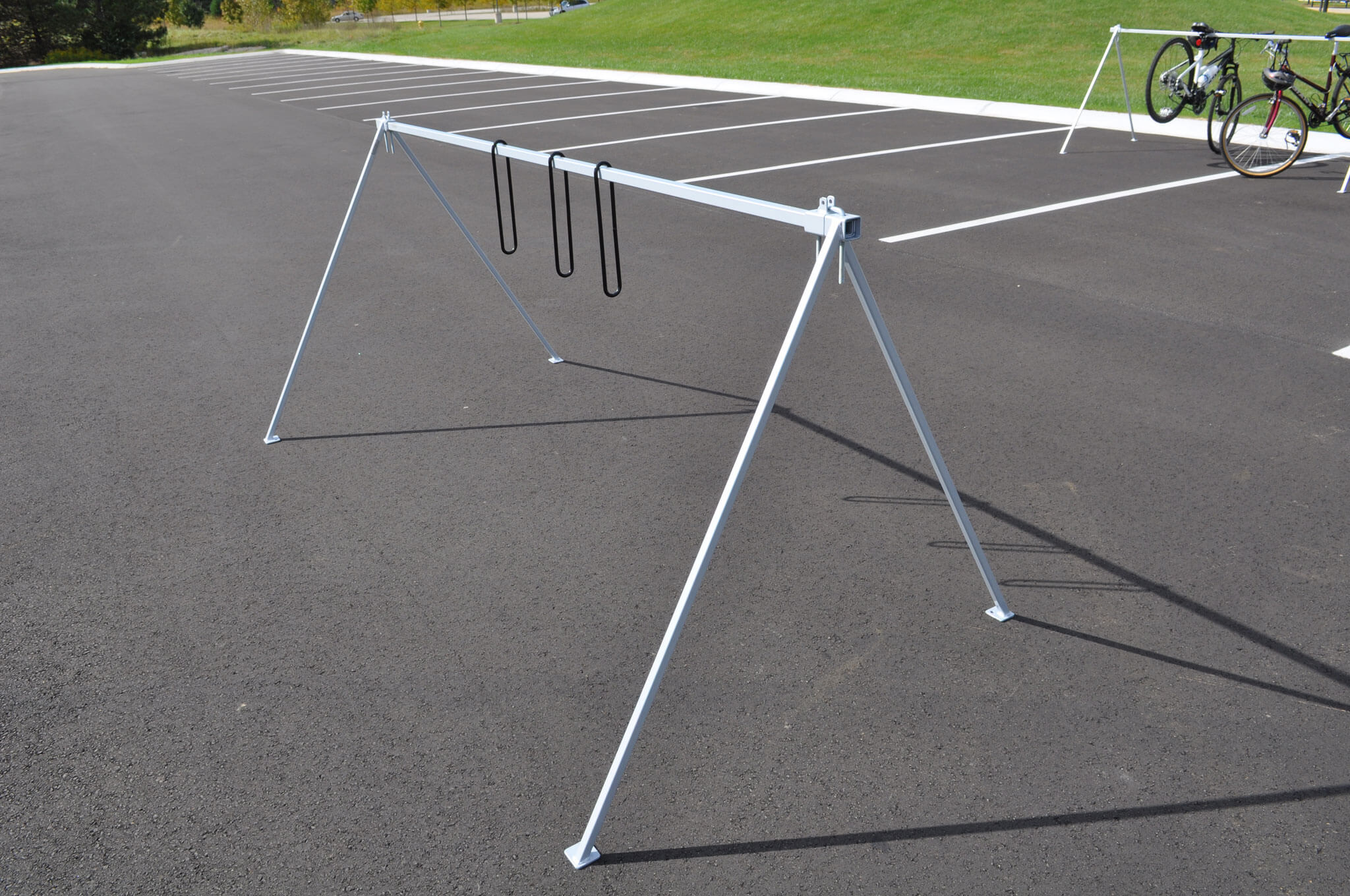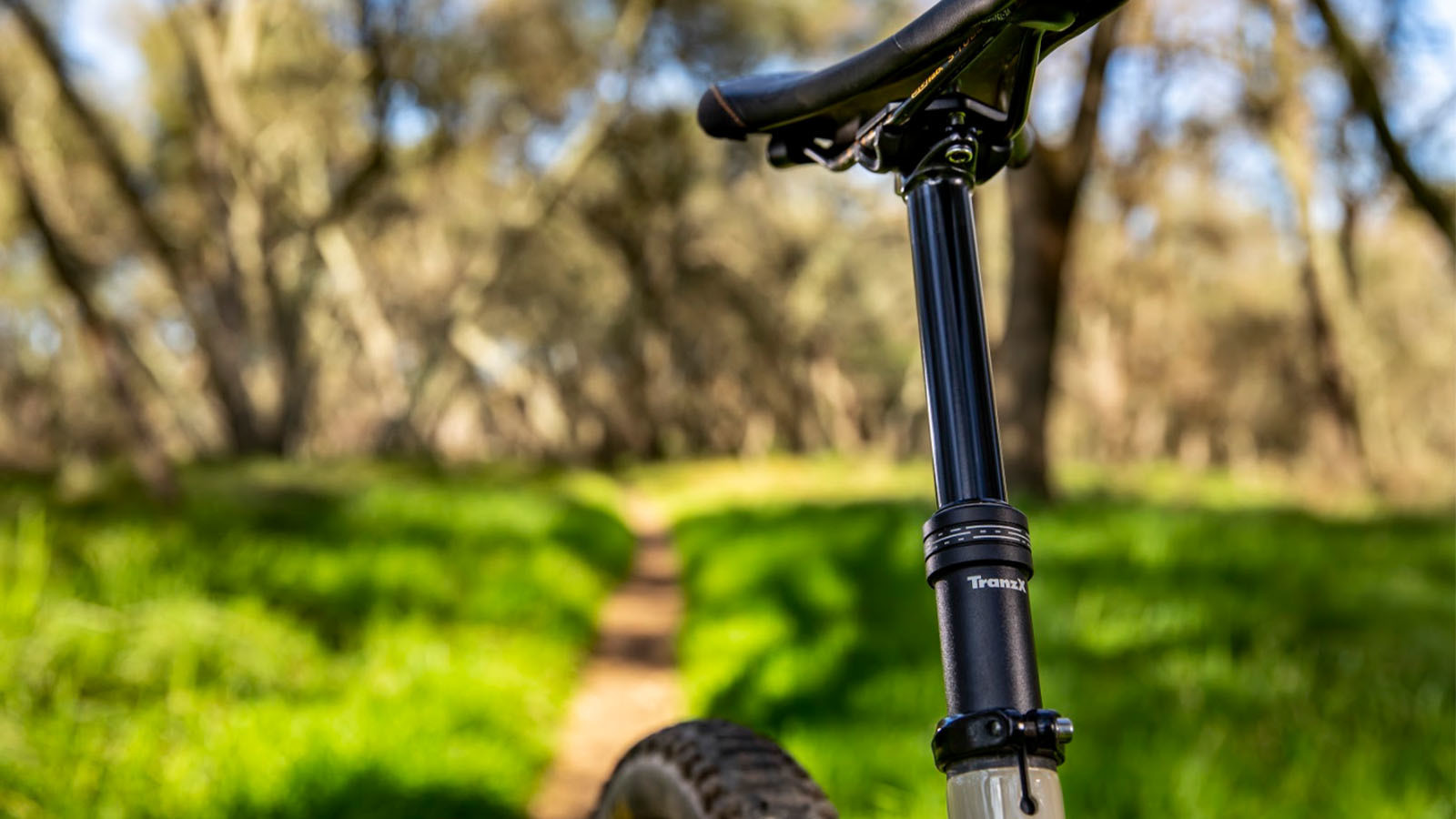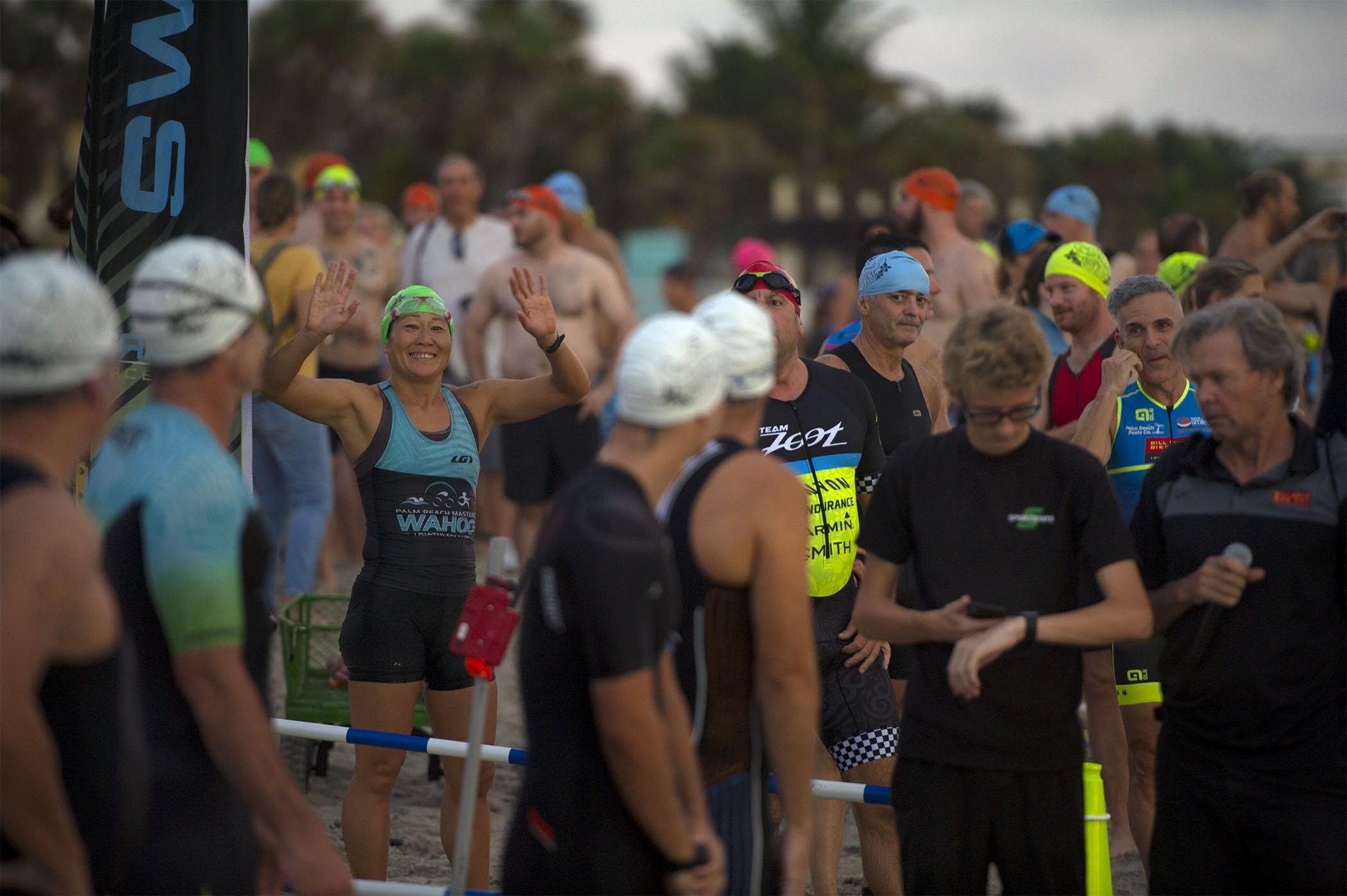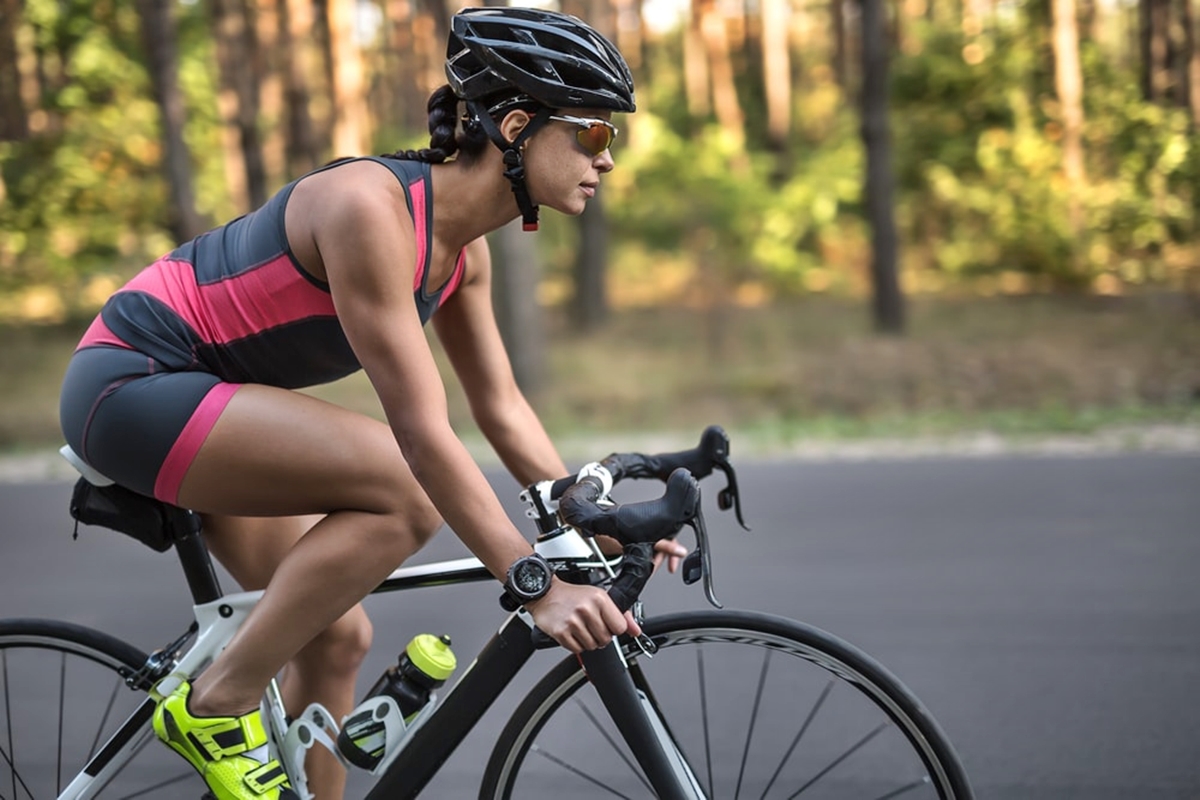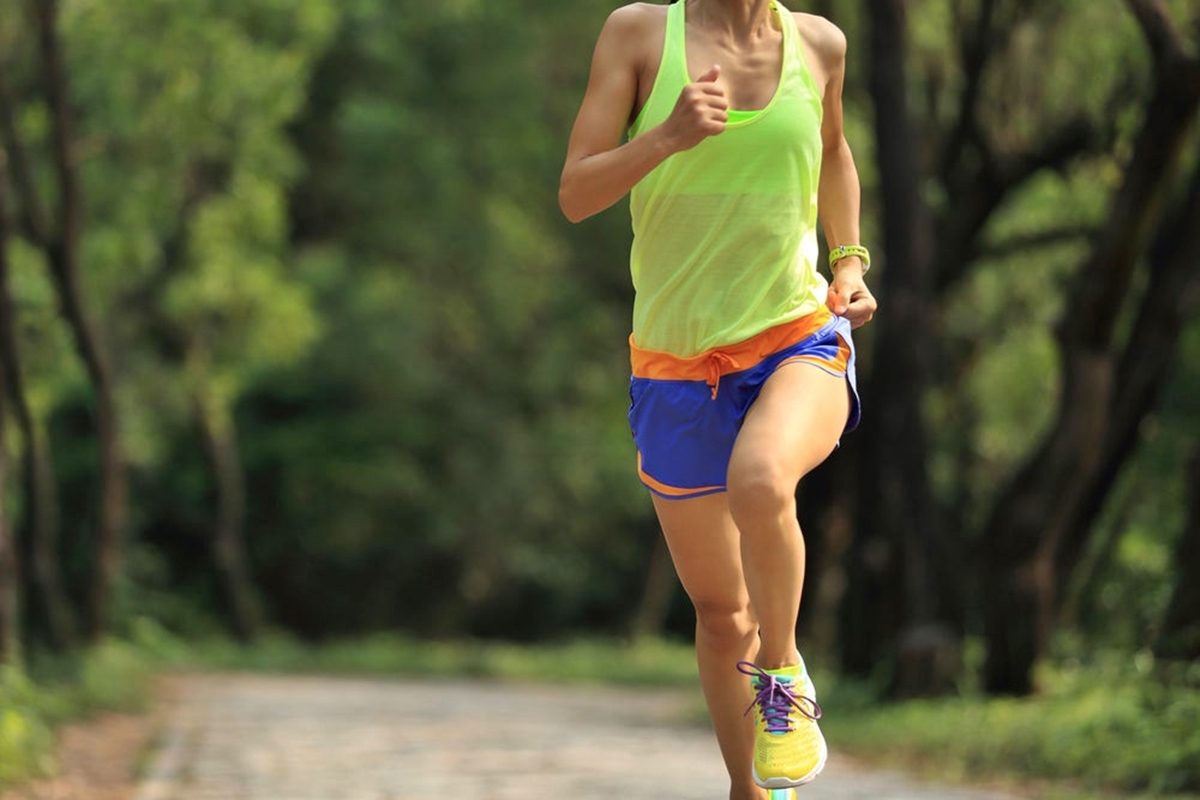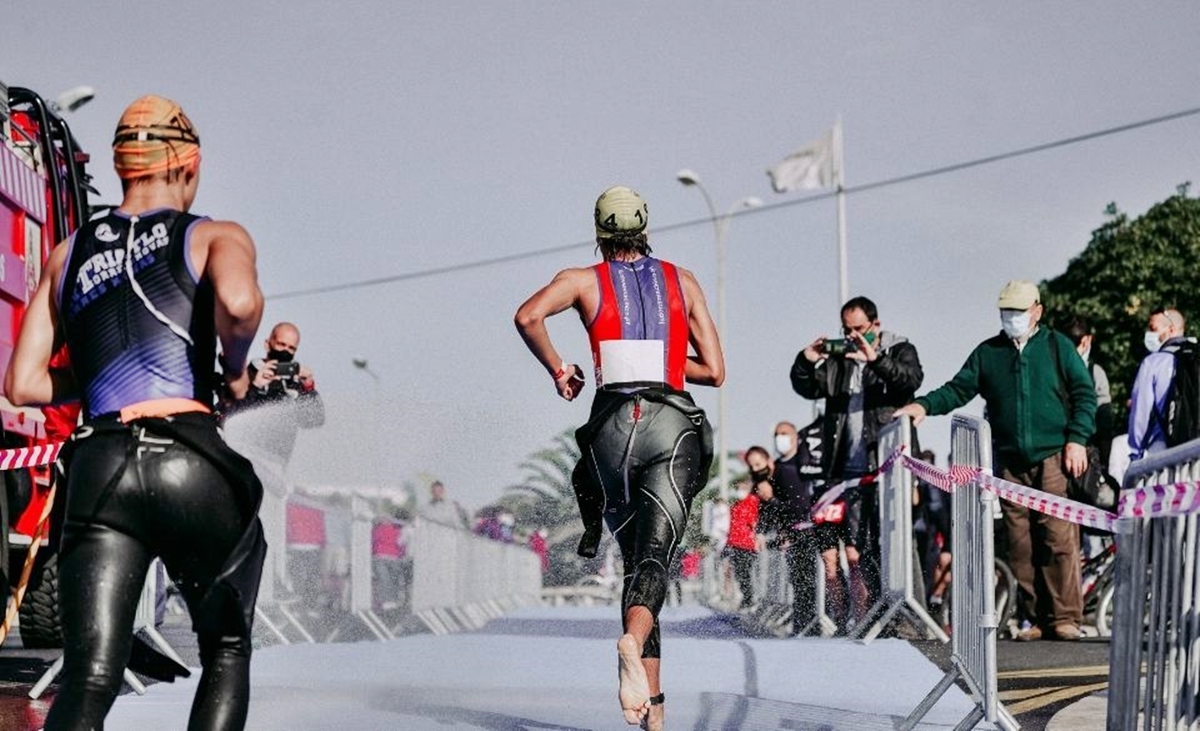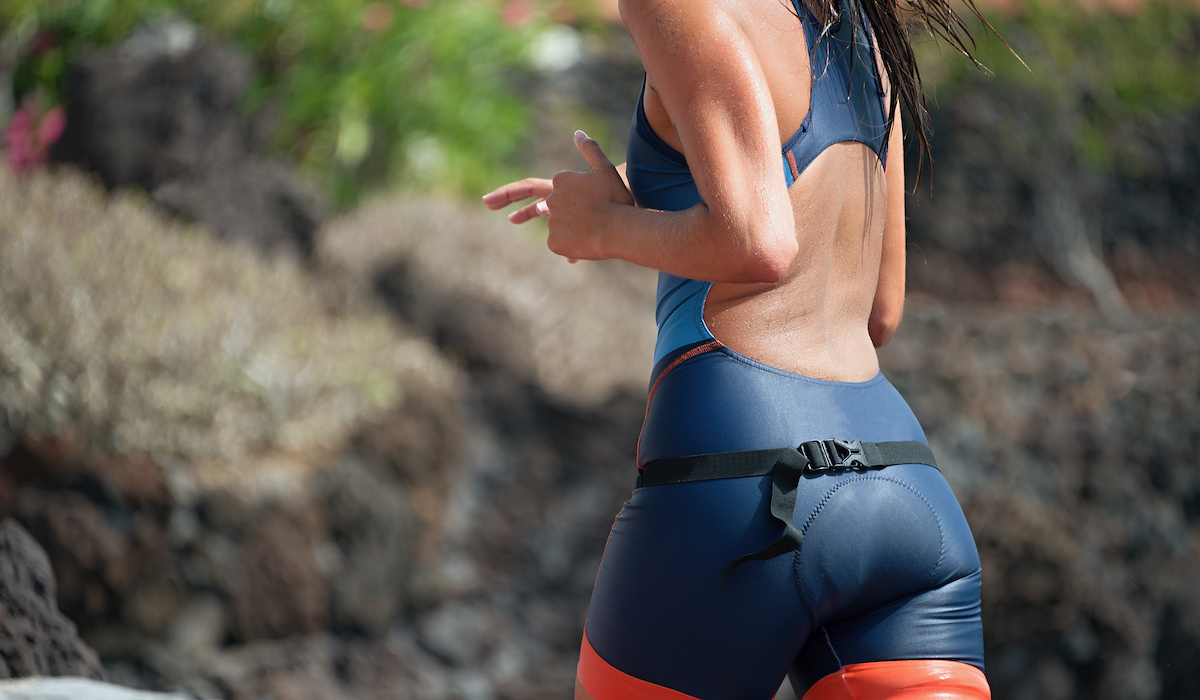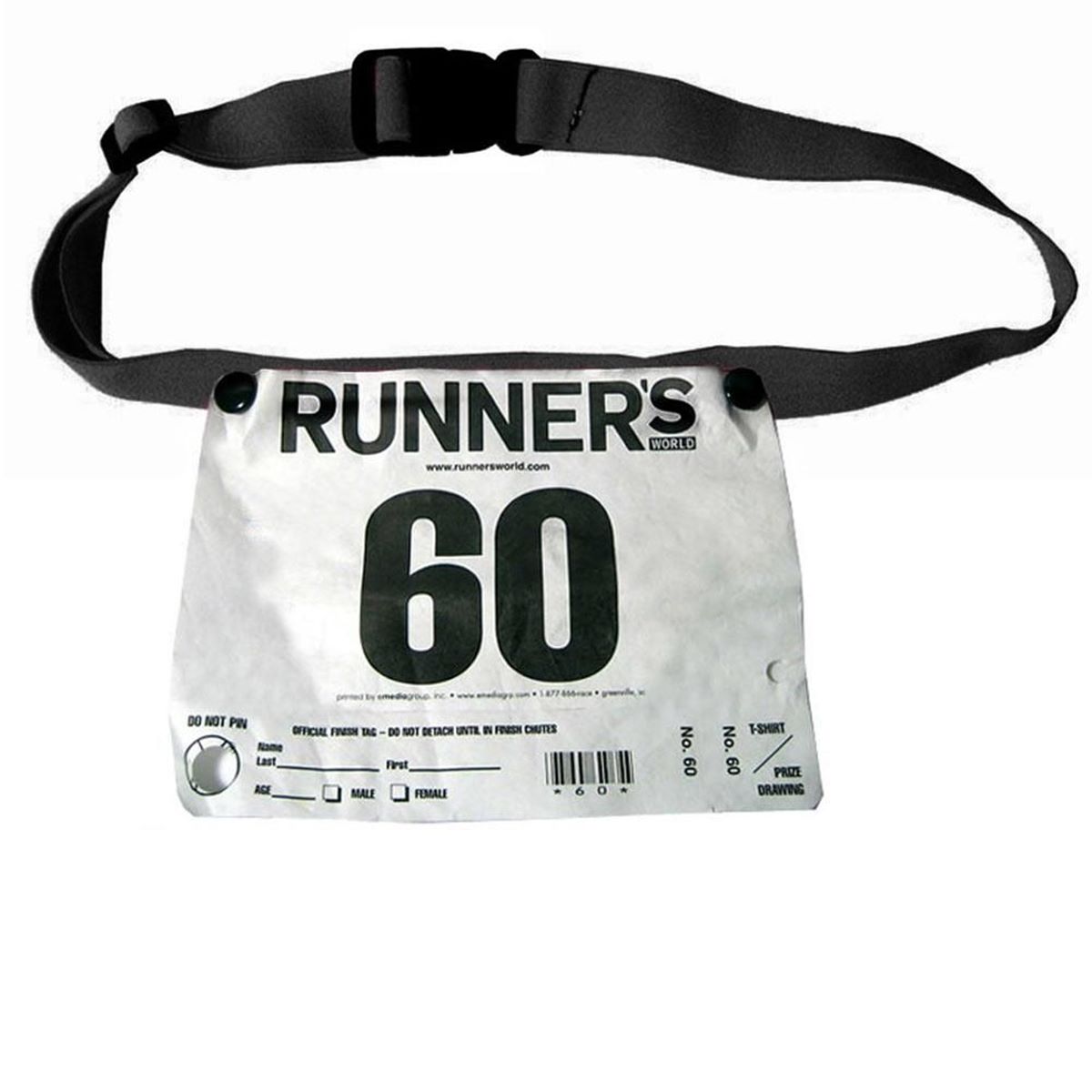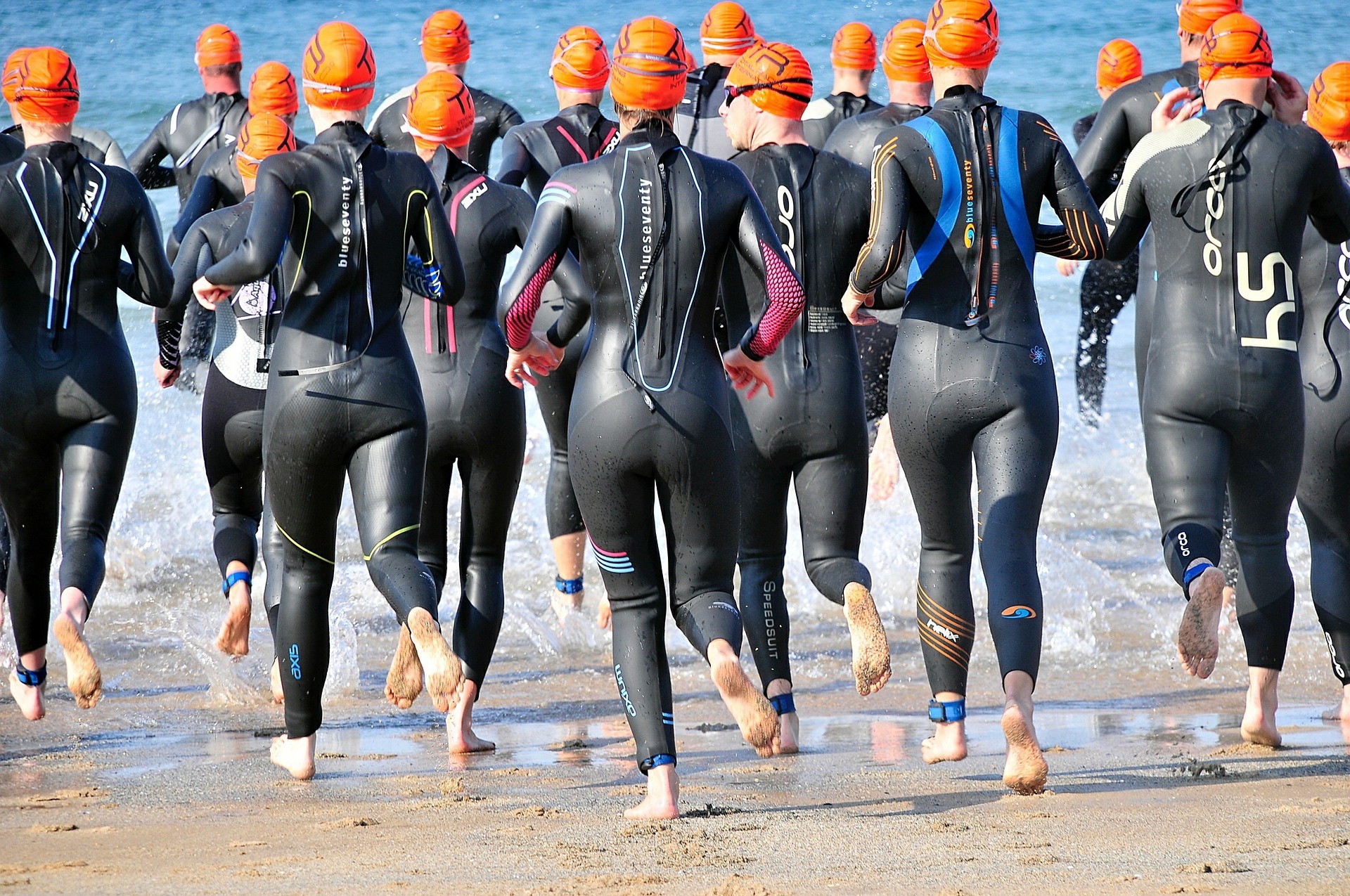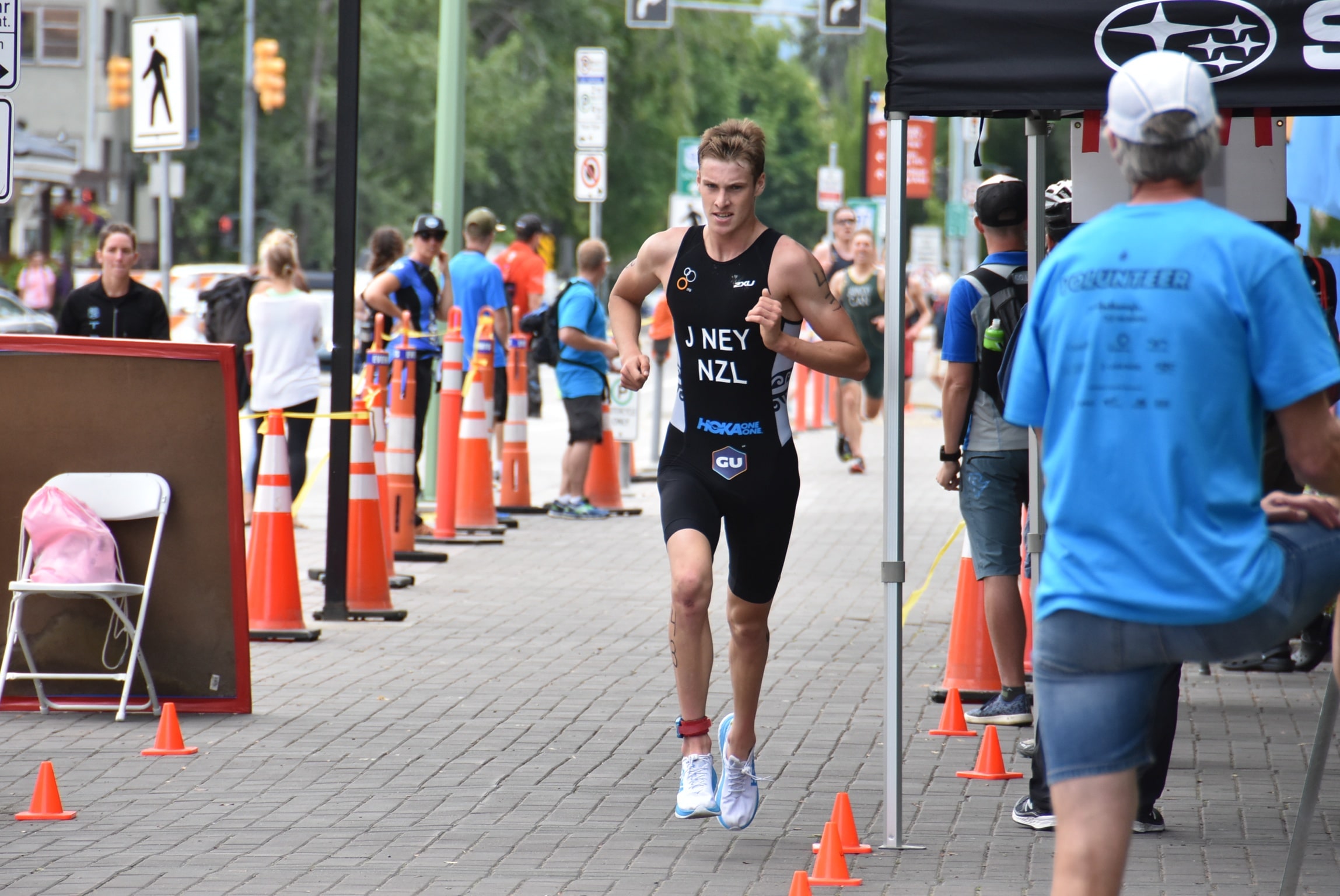

Featured
What Clothes To Wear During Triathlon
Modified: January 2, 2024
Discover the featured clothing options to wear during a triathlon. Find the perfect gear for ultimate comfort and performance.
Introduction
Welcome to the exciting world of triathlons! Whether you’re a seasoned athlete or a beginner looking to challenge yourself, participating in a triathlon is an incredible experience that combines swimming, cycling, and running. As you embark on your triathlon journey, one crucial aspect to consider is what clothes to wear during the event. Choosing the right gear is not only essential for comfort and performance but can also make a significant difference in your overall experience.
When it comes to triathlon attire, there are various factors to keep in mind, including functionality, durability, and suitability for each leg of the race. In this article, we will guide you through the process of selecting the best clothes for your triathlon, ensuring that you stay comfortable, perform at your best, and enjoy every moment of the race.
Before we dive into the specific types of clothing, it’s important to note that investing in high-quality gear is key. Triathlon-specific apparel is designed to provide the necessary support, versatility, and breathability required for all three disciplines of the race. While it may require a higher upfront cost, the benefits and long-term durability justify the investment.
Now, let’s explore each leg of the triathlon and discuss the recommended clothing for optimum performance and comfort.
Choosing the Right Gear
When it comes to selecting the proper gear for a triathlon, it’s crucial to consider a few key factors. First and foremost, prioritize comfort and functionality. Triathlons can be physically demanding, so wearing gear that allows for a wide range of movement and helps regulate body temperature is essential.
One of the most important considerations is moisture management. Look for clothing made from moisture-wicking materials that can quickly and efficiently draw sweat away from your body. This will help keep you dry and reduce the risk of chafing, which can be particularly uncomfortable during a long race.
The next factor to consider is fit. Triathlon clothing should be snug but not overly tight, to allow for a full range of motion without feeling constricted. Look for garments that are specifically designed for triathlons, as they will often have features such as stretch panels, ergonomic seams, and compression technology to enhance performance and comfort.
Another crucial aspect is durability. Triathlon gear needs to withstand the rigors of the race, including exposure to water, sun, and repetitive motion. Ensure that the clothing is made from durable materials that can withstand these conditions and still maintain their shape and functionality over time.
Additionally, it’s worth considering the versatility of the gear. Since triathlons involve transitioning between swimming, cycling, and running, it’s beneficial to choose clothing that can be worn throughout the entire race. Look for garments that offer flexibility and comfort across all three disciplines, eliminating the need for multiple outfit changes.
Lastly, take into account the race’s conditions and climate. If you’re racing in colder temperatures, consider layering options such as arm warmers, leg warmers, and wind-resistant jackets. In hotter climates, opt for lightweight and breathable materials that provide effective moisture management and UV protection.
By carefully considering these factors – comfort, moisture management, fit, durability, versatility, and climate suitability – you’ll be well on your way to choosing the right gear for your triathlon. Now, let’s explore the specific clothing requirements for each leg of the race.
Swim Attire
When it comes to swim attire for triathlons, the key is to find a balance between speed and comfort. Most triathlons require participants to swim in open water, so choosing the right swimwear is crucial for optimal performance.
For male triathletes, a popular choice is a form-fitting triathlon wetsuit. These wetsuits are designed to provide buoyancy, reduce drag, and improve overall swim efficiency. The neoprene material offers insulation, keeping you warm in colder water temperatures. Look for wetsuits with flexible panels around the shoulders and arms to ensure a full range of motion while swimming.
Female triathletes have the option of choosing between a one-piece swimsuit or a wetsuit specifically designed for women. One-piece swimsuits often have built-in bust support and are made from quick-drying, chlorine-resistant materials. If you opt for a wetsuit, make sure it fits well and provides ample flexibility around the shoulders and hips.
Another important consideration for swim attire is goggles. A high-quality pair of goggles that fit well and provide clear vision underwater is essential. Look for goggles with a comfortable strap and adjustable nose bridge to ensure a secure and comfortable fit. Anti-fog coatings and UV protection are also beneficial features to consider.
In addition to swimwear and goggles, swim caps are often required during the swim leg of the triathlon. Swim caps not only help to keep your hair out of your face but also provide increased visibility in the water for safety reasons. Look for a cap that fits snugly but not too tight, and choose a bright color for increased visibility in open water.
Remember, practicing in your swim attire prior to the race is essential. Invest time into getting comfortable with your chosen swimwear, ensuring that it allows for optimal performance in the water. With the right swim attire, you’ll be ready to dive into the water with confidence and tackle the first leg of your triathlon.
Cycling Apparel
When it comes to cycling apparel for triathlons, the aim is to find a balance between aerodynamics, comfort, and functionality. The right cycling gear can make a significant difference in your performance on the bike leg of the triathlon.
A cycling-specific jersey is a must-have piece of apparel. Look for a lightweight, breathable jersey made from moisture-wicking fabric. This will help keep you cool and dry throughout the race. Choose a jersey with a full or half zip for added ventilation and easy temperature regulation.
For the bottom half, padded cycling shorts or bib shorts are highly recommended. These shorts provide comfort and reduce the risk of chafing during long rides. The padding, known as a chamois, offers cushioning and support for your sit bones. Remember to try on different styles and brands to find the one that suits your body shape and provides the best comfort.
In addition to shorts, consider wearing cycling leg warmers or compression sleeves. Leg warmers can provide extra warmth in cooler temperatures, and compression sleeves can help improve blood flow and reduce muscle fatigue during longer rides.
Another essential piece of cycling apparel is a well-fitted helmet. Safety should always be a top priority, and wearing a helmet is mandatory in most triathlon events. Look for a helmet that meets safety standards, has good ventilation, and is comfortable to wear for an extended period.
Cycling shoes are also crucial for efficient power transfer from your legs to the pedals. Consider investing in clip-in cycling shoes that are compatible with a pedal system, allowing you to maximize pedaling efficiency. Make sure to practice riding in your cycling shoes prior to the race to get used to clipping in and out.
Lastly, don’t forget about accessories such as gloves and sunglasses. Cycling gloves provide padding and grip, reducing hand fatigue and improving control. Sunglasses not only protect your eyes from the sun’s glare but also shield them from debris and insects.
Choosing the right cycling apparel for your triathlon will enhance your comfort and performance on the bike leg. It’s important to find a balance between aerodynamics, functionality, and personal preferences. Take the time to try on different gear options and make adjustments to ensure that you feel confident and comfortable during the cycling portion of the race.
Running Gear
When it comes to the running leg of a triathlon, having the right gear can make a significant difference in your performance and overall comfort. Here are some essential items to consider when choosing your running attire for the race.
The most important piece of running gear is a pair of well-fitted running shoes. It’s crucial to invest in a quality pair of running shoes that provide proper support, cushioning, and a comfortable fit. Look for shoes specifically designed for running and consider factors such as arch support, pronation control, and the type of terrain you’ll be running on during the race.
In terms of apparel, a lightweight and moisture-wicking running shirt is highly recommended. Look for materials that allow for breathability and quick-drying capabilities, keeping you cool and dry throughout the run. Avoid cotton shirts as they tend to retain moisture and can become heavy and uncomfortable when wet.
For the bottom half, choose running shorts or tights that offer a comfortable fit and allow for a full range of motion. Consider shorts or tights with built-in compression for added muscle support and reduced fatigue. Look for a pair with a secure waistband or drawstring to ensure they stay in place during the run.
Another important consideration is socks. Invest in a pair of moisture-wicking socks that help keep your feet dry and prevent blisters. Look for socks with cushioning, arch support, and a seamless design to minimize friction and enhance overall comfort.
Accessories like a running hat or visor can provide protection from the sun and keep sweat out of your eyes. Additionally, consider wearing a race belt or a running belt to securely hold essentials such as energy gels, a race bib, or a small water bottle.
Another factor to consider is the weather conditions on race day. In colder temperatures, layering options such as arm warmers, a lightweight jacket, or a running vest can provide warmth without compromising mobility. In hotter climates, opt for lightweight and breathable gear that allows for optimal ventilation.
Before the race, make sure to test and practice running in your chosen gear. This will help you ensure a comfortable fit and minimize any potential issues or discomfort during the race. Remember, finding the right running gear that suits your preferences and offers the necessary comfort and functionality is key to performing your best on the run.
Transition Outfits
Transitioning between different legs of a triathlon requires efficient and quick outfit changes. Having the right transition outfits can save you valuable time and ensure a smooth transition from one discipline to the next. Here’s what you need to consider when selecting your transition attire.
One popular option for the swim-to-bike transition is a triathlon suit. These suits are designed to be worn throughout the entire race and offer a combination of a streamlined swimsuit and comfortable cycling shorts. The advantage of a triathlon suit is that it eliminates the need to change outfits between swimming and cycling, saving you precious time in the transition area.
If you prefer separate pieces for the swim and bike legs, consider wearing a swim-to-bike top and a separate pair of cycling shorts. Swim-to-bike tops often have a front zipper for easy removal, while cycling shorts provide padded support for the bike leg. Changing tops and bottoms separately can be quicker in the transition area compared to a one-piece triathlon suit.
For the bike-to-run transition, the key is to have a smooth and quick outfit change that allows for ease of movement. Opt for a lightweight, breathable running top that you can easily put on over your cycling gear. Look for a top with a half or full zip for additional ventilation and temperature control.
In terms of shorts or bottoms, consider wearing triathlon shorts that are specifically designed for both cycling and running. These shorts offer comfort, moisture-wicking properties, and a slim fit that won’t hinder your running stride. Alternatively, you can choose to wear running shorts over your cycling shorts for added comfort and versatility.
When it comes to footwear, consider wearing a pair of triathlon-specific shoes that are suitable for both cycling and running. These shoes often have a lightweight design, breathable uppers, and a quick-fastening system, such as elastic laces or a BOA closure, for easy on and off transitions.
Another essential item for the transition area is a towel. Lay out a towel near your bike to stand on while changing your gear. This will help keep your feet clean and dry and provide a designated space for organizing and finding your items quickly.
Practice and familiarity are key when it comes to transition outfits. Set up a mock transition area during your training sessions to practice changing your gear efficiently. This will allow you to perfect your strategy, minimize transition time, and ensure a smooth flow from one discipline to the next.
Remember, the transition area is a high-paced and time-sensitive environment, so having the right transition outfits can make a significant difference in your race performance and overall experience.
Accessories and Equipment
Aside from clothing, there are several accessories and equipment that can enhance your triathlon experience and improve your performance. Here are some key accessories and equipment items to consider for your race.
One essential accessory is a reliable and comfortable sports watch or GPS device. These devices can track your time, distance, pace, and heart rate, providing valuable data to monitor your performance during the race. Look for a waterproof and durable watch that offers multisport functionality, allowing you to switch seamlessly between disciplines.
Nutrition is a crucial aspect of endurance sports like triathlons. Consider investing in a hydration system such as a water bottle or hydration pack that can be easily accessible and allow you to stay hydrated during the race. Additionally, energy gels, bars, and electrolyte drinks can provide the necessary fuel to keep your energy levels high throughout the various legs.
To keep your race number visible and secure during the event, a race belt is highly recommended. These adjustable belts allow you to easily attach and display your race number without the need for pins or tape, making it convenient and hassle-free during transitions.
Another accessory to consider is a transition bag. This bag can hold all your race essentials, such as your swim goggles, swim cap, cycling shoes, running shoes, and other small items. Look for a bag with separate compartments or pockets to help you stay organized and make it easy to find your gear during the race.
Safety should always be a top priority. Consider wearing a reflective vest or attaching reflective gear to your clothing to ensure visibility, especially if you’re participating in a race that takes place during low light conditions. It’s also a good idea to carry a small first aid kit with basic supplies, such as band-aids, antiseptic wipes, and pain relievers, in case of any minor injuries or discomfort.
Last but not least, don’t forget about the importance of proper sun protection. Wear a sweat-proof sunscreen with a high SPF to protect your skin from harmful UV rays. Sunglasses with UV protection can also help shield your eyes from the sun and provide clarity and protection against wind and debris.
Remember, the accessories and equipment you choose should support your comfort, safety, and performance throughout the race. Take the time to test and familiarize yourself with each item in your training sessions so that you are comfortable and confident using them on race day.
Conclusion
As you embark on your triathlon journey, choosing the right gear and apparel is essential for a successful and enjoyable race. By considering factors such as functionality, comfort, durability, and climate suitability, you can ensure that you have the best clothing and accessories for each leg of the race.
During the swim leg, opt for swimwear that provides optimal buoyancy and flexibility, along with goggles and a swim cap for comfort and safety. When cycling, choose aerodynamic and moisture-wicking apparel, coupled with a well-fitted helmet and cycling shoes for efficient pedaling. For the run, prioritize lightweight, breathable garments and comfortable running shoes that support your stride. Transition outfits should be quick and easy to change, allowing for a seamless transition between disciplines.
Don’t forget to consider accessories and equipment such as a sports watch, hydration system, race belt, and sun protection gear. These items will enhance your performance, ensure your safety, and provide convenience throughout the race.
Ultimately, finding the right triathlon gear and apparel is a personal choice. It’s crucial to test and practice in your chosen attire during your training sessions to ensure comfort, fit, and functionality. Familiarity with your gear can help optimize your performance and reduce any potential issues during the race.
Remember, the triathlon is not just a race, but a journey of endurance and self-discovery. With the right gear, you can focus on pushing your limits, enjoying the experience, and achieving your goals. So, gear up, embrace the challenge, and make every triathlon a memorable and rewarding endeavor.
